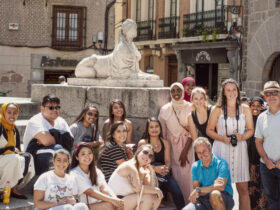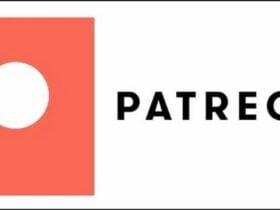Maine employers are suffering to locate people, a state of affairs exacerbated by getting older out of its toddler boomers and a state unemployment charge drastically underneath the countrywide common. To make subjects worse, every other group of workers’ mission looms on the horizon — the expected disruption to the exertions marketplace from artificial intelligence, for you to increase demand for already scarce high-professional talent while diminishing possibilities for those with lesser capabilities whose jobs are greater vulnerable to automation.
This daunting double-barreled undertaking — shortages, and disruptions — puts expanded pressure on Maine to educate, keep and appeal to high-professional employees and offer publish-secondary training to Mainers who will need more than an excessive college education for comfortable career-oriented employment. Mid-career workers would require non-stop retraining to upgrade talents effectively to increase the aggressive global financial system.
In her inaugural cope with, Gov. Janet Mills pledged to expand the best workforce in Maine to deal with the disappointment of employers who can’t discover people and the dissatisfaction of workers caught in dead-give-up jobs without the ability for advancement. The governor identified this assignment’s complexity by noting that technological innovation will extensively modify how Maine people stay, analyze, and work.

The nationwide abilties gap describes the mismatch between business enterprise expectancies and the abilities of job candidates, which has resulted in hundreds of unfilled jobs. Employers have become annoyed that the high college and college degree has become an unreliable indicator of competency. Today, abilities are visible as greater treasured than the degree, a shift that academic institutions will recollect or hazard losing their preserve on awarding the important credentials for getting entry to good jobs.
It will take greater than commercial enterprise as normal to close this hole. The country’s” instructional institutions can not obtain reform without enormous innovation, including a special relationship with the employer network, the integration of career and liberal schooling, and more potent applications geared particularly for adult learners to improve their abilities. Georgetown University’s” Center for Education and Workforce has mentioned that although 70 percent to eighty percent of college students’ paintings and 25 percentage cross to high school full time and images complete time, there was scant coordination between work and school. To close the talents hole, employers and educators in any respect levels should paint much closer collectively to identify and broaden abilities, giving employers a position in teaching college students imaginative mastering/earning packages.
College students have voted with their toes by fleeing traditional liberal arts applications in the desire for majors closely tied to a career direction. The excessive training fee and the burden of student loan responsibilities have made students’ recognize the return on investment for their money and time spent pursuing submit-secondary levels. But technical specialization represents only half the equation. Employers also are searching for skills carefully diagnosed with the liberal arts — questioning seriously, writing and talking truely, identifying multiple strategies to troubles, and exhibiting strong interpersonal talents to narrate to customers and different ingredients. Preparing college students for the twenty-first-century place of work will require revolutionary programs that combine liberal and career-oriented programs and mix those with experiential schooling.
The shrinking range of young people in Maine should provide an impetus for educational institutions to reorient their missions to serve grown-up college students. As jobs that do not require post-secondary schooling dry up, more Mainers will need a few types of publish-secondary education. Work, own family, childcare, negative guidance for educational work, and time far from college are all complicating elements that make conventional packages hard for these college students. We cannot rely upon traditional instructional packages to serve this population but need greater resourceful programs with a more in-depth connection to employment. Mills’s innovation will require employers and educational institutions to experiment with pilot projects observed using a system of monitoring achievement and failure. Maine will close its skills gap by fostering an investment such as educational innovation.














